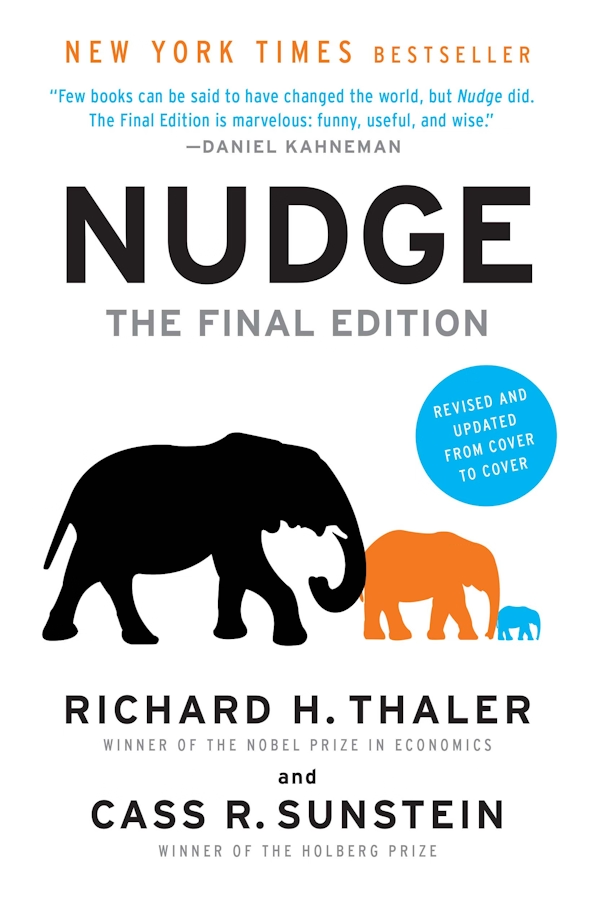Whales and Wealth: Notes on Reading VC: An American History
Venture capital news is filled with stories of early investments creating N-fold returns, creating myths of wealth. But how does this “seemingly high-return” investment model actually work?
This book starts with the 19th-century American whaling industry. Whaling was highly sought after because capturing whales could yield substantial profits from products like whale oil. However, due to the uncertainties of sailing, such as weather, the returns from whaling expeditions were a long-tailed distribution: more than one-third of voyages either broke even or lost money, the majority of the remaining two-thirds made only slight profits, and less than 2% of the voyages had a profit margin over 100%, making a significant gain.
Investors seeking higher returns with as low risk as possible, experienced captains and crew needing startup capital, and hoping to earn more from successful voyages led to the emergence of brokers: middlemen who knew who could provide stable funding, which captains and crews had extensive experience, and the appropriate profit-sharing models to motivate all parties involved.
The organizational model of the whaling industry bears many similarities to the operation of modern venture capital:
- Once successful, the profits are substantial, but overall, it’s a long-tail distribution, meaning a very low success rate;
- Wealthy businessmen (Limited Partners, LPs) lacking industry experience but willing to provide capital;
- Captains/entrepreneurs dreaming of riches;
- Venture capital firms as intermediaries between LPs and entrepreneurs, offering expertise to potentially increase the success rate of startups.
Besides an overview of the industry’s operational model, the book also reviews how venture capital participated in the development of the tech industry and the relationship between venture capital growth and regulatory policies. It serves as an introductory text to the history of American venture capital.
For further reading:
- Books/podcasts/articles about venture capital firms and their founders: For example, “Valley of the Giants” by Tom Perkins, co-founder of KPCB, “eBoys” by Benchmark, “The Hard Thing About Hard Things” by the founder of a16z, “YC Startup School” by Y Combinator, “The Book of Value” by Gaoling Capital, and the Acquired podcast’s introduction to funds like a16z.
- “This is What Investors Do”: A basic introduction to venture capital operation modes, such as project research methods (user demand research/calculation of market size, etc.), communication with founders, and the composition of venture capital teams.
- “The Mindset of the Rich”: A Sequoia Capital investor shares how to be an angel investor, including selection of startup companies, project evaluation, follow-up and exit strategies, and investment retrospectives.



